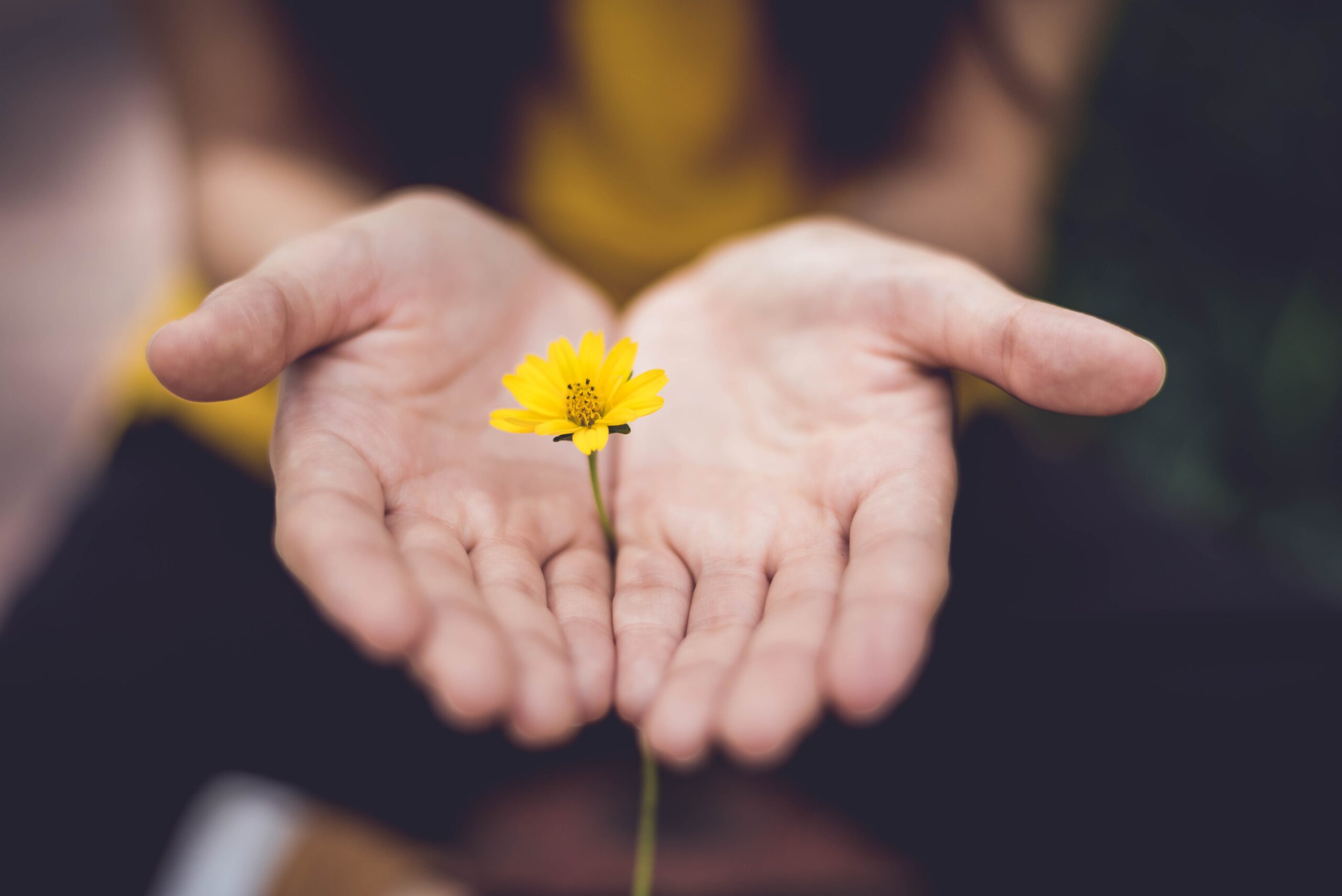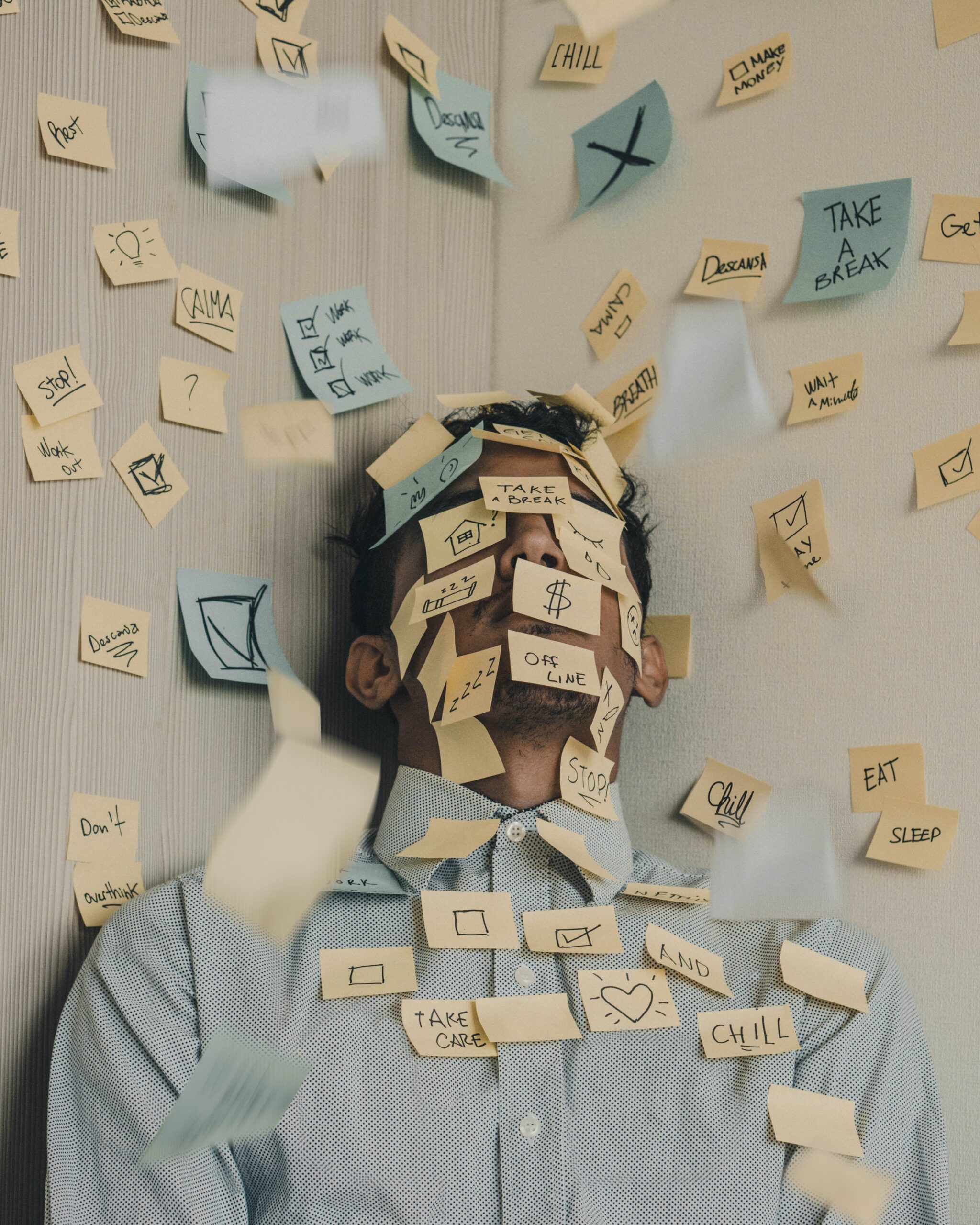Summertime is in full swing here in Austin and even though most people are celebrating the break from school and the end of winter many people are noticing something that’s raining on their parade. Since 40 million US adults are affected by anxiety it’s likely that you or someone you know is experiencing symptoms of anxiety. Does nervousness, irritability, panic, increased heart rate, rapid/shallow breathing, or difficulty concentrating sound familiar? School may be out but your anxiety isn’t taking a break and you don’t know what to do about it. Here’s 3 ways to help your anxiety so you can start feeling better now. Be sure to discuss your stress levels, triggers and breathing exercises with your doctor, who can suggest other lifestyle changes that might help your situation. When you’re feeling anxiety, it can be consuming and make life difficult. Using techniques like these can help slow your mind and body down and put you back in control.
Step 1: Breathing exercises – Not just for hippies anymore!
In my practice when clients want a quick way to help calm down and feel more in control this 5-7-9 Breathing exercise is my first choice. Of all the exercises I’ve tried and recommended over the years, THIS exercise has had the most positive feedback from my clients. This exercise is effective because it gives your mind something TO DO while you’re trying to relax. One issue I have heard is when people are trying breathing exercises their mind is still racing. This exercise forces you to focus on synchronizing your breathing and counting simultaneously.
Step 2: Take a walk – No you don’t need to run
Did you know that 30 minutes of mild to moderate exercise can make you more relaxed and happier? When you exercise your brain releases feel good endorphins as well as a protein called BDNF (brain-derived neurotrophic factor) (learn more about BDNF here)
Bestselling author Gretchen Reynolds wrote a whole book on the subject called The First 20 Minutes. – “The first 20 minutes of moving around, if someone has been really sedentary, provide most of the health benefits. You get prolonged life, reduced disease risk – all of those things come in in the first 20 minutes of being active.”
Step 3: Hit the showers – and a bath too!
Immersing yourself in warm or cold water can have significant impact on mood. There have been a number of studies (which you can read about here) that have tested the impact of using baths and showers at different temperatures to combat anxiety and depression. One study performed in Europe compared using this type of treatment to a common antidepressant medication by patients sitting in a 98.6 degree bath for 10 minutes then a massage shower on different parts of the body for approximately 15 minutes. For more information on HOW TO check out this article from Psychology Today.
Bonus Tip: Spend time with your animals – They’re best friends for a reason
There are many emotional benefits of spending time with your pets and when you’re feeling anxious there might be more benefit than you thought. This article from the Huffington Post describes 12 ways pets can improve mental health. Some benefits may be more obvious like they get you outside and exercising, but did you know connecting with your pets releases oxytocin? Oxytocin is a hormone that, among other benefits, fights anxiety and depression. This article describes 10 amazing benefits of oxytocin. Petting your pets can help you feel more present, slow breathing and lower heart rate and blood pressure.
Anxiety doesn’t take a summer break and you shouldn’t have to feel trapped by your symptoms. These simple techniques can be helpful to make short term impact in the fight against anxiety. If you feel your anxiety is becoming overwhelming or if you’re looking for more ways to reclaim your life from anxiety, consider reaching out to a trained therapist specializing in anxiety. Anxiety disorders are HIGHLY treatable yet according to the Anxiety and Depression Association of America only 36.9% of those suffering receive treatment so if you feel like you’re ready to take the next step reach out to a professional today. It can get better!








